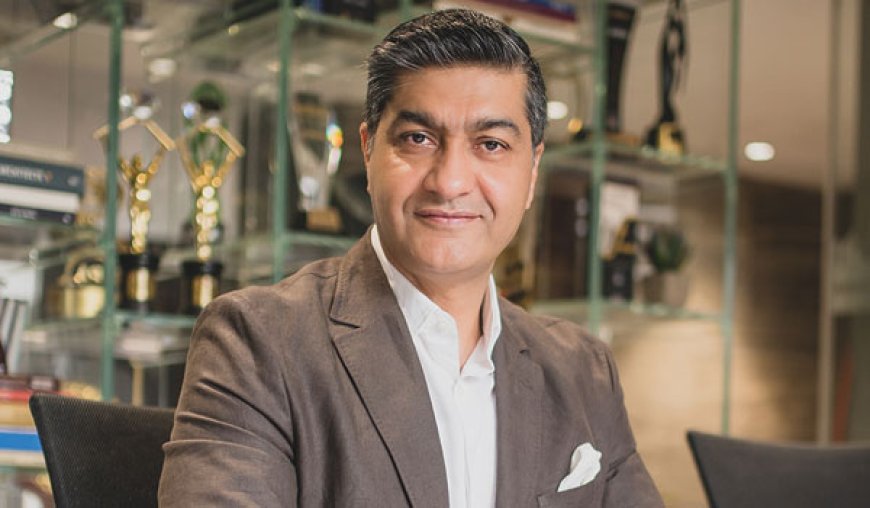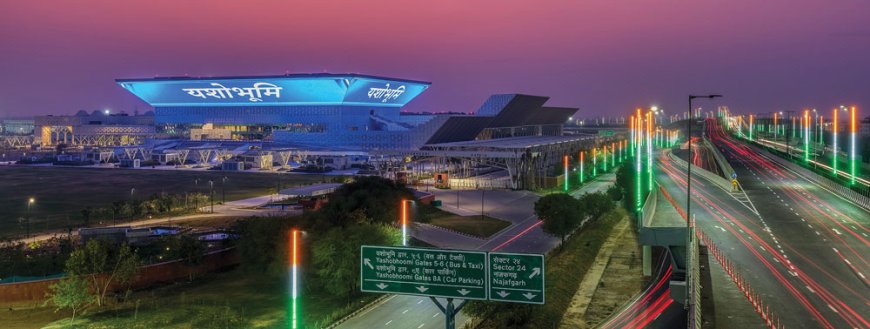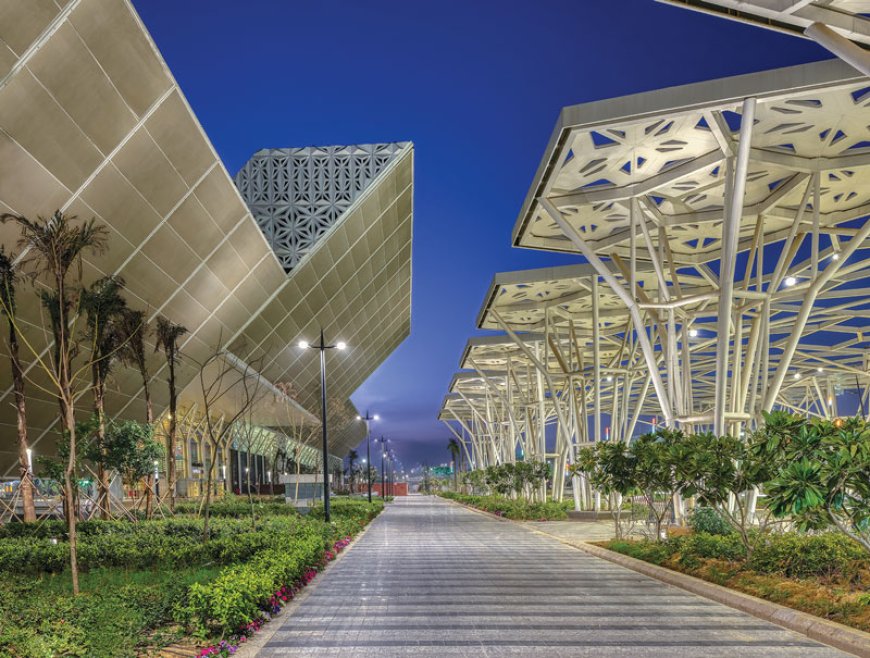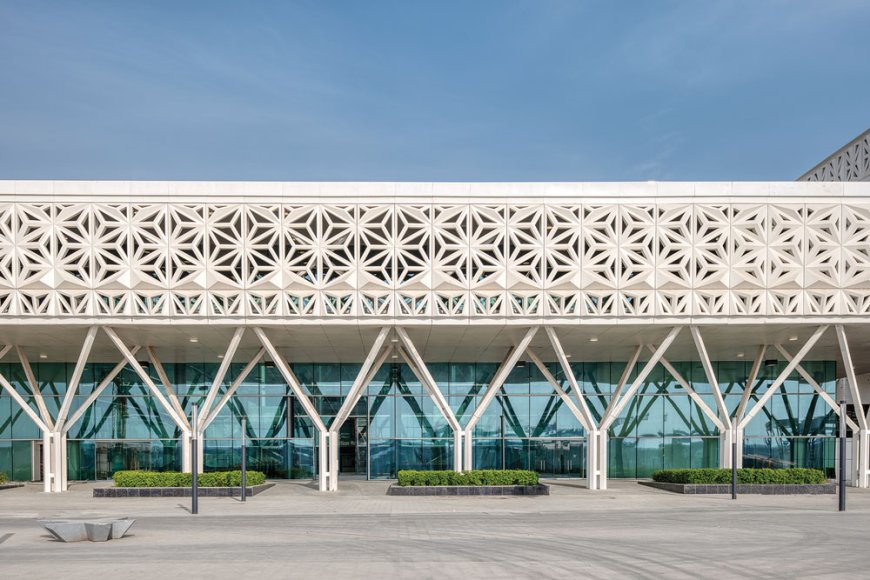The real estate sector and urbanization are crucial to the growth of India’s construction industry.

Dikshu Kukreja
Managing Principal, CP Kukreja Architects, and Honorary Consul General, Republic of Albania in India
How do you assess India’s construction industry growth over the years?
India’s construction industry has seen transformative growth, evolving from traditional practices to embrace sophisticated technologies and sustainable methods. Initially focused on basic housing and infrastructure, the sector now highlights advanced techniques such as prefabrication and green building technologies, enhancing both efficiency and sustainability.
This shift is driven by rapid urbanization, substantial infrastructure investments, and increasing demand for diverse residential and commercial spaces. Key government initiatives, including the Smart Cities Mission and Pradhan Mantri Awas Yojana, have accelerated development by focusing on urban expansion and affordable housing.
The industry is set for further growth, supported by ongoing urbanization and a commitment to sustainable practices. The future will see continued innovation in technology and design, ensuring that the sector adapts to the evolving needs of a dynamic society.

What is the role of real estate sector and urbanisation in the growth of Indian construction industry?
The real estate sector and urbanization are crucial to the growth of India’s construction industry. Rapid urbanization drives demand for residential, commercial, and mixed-use developments, leading to increased construction activity. As cities expand, there is a growing need for modern infrastructure, housing, and public amenities, which stimulates the real estate sector and attracts significant investment. This investment, both domestic and foreign, supports various construction projects, from residential complexes to commercial spaces. Urbanization also boosts economic growth and job creation, enhancing purchasing power and driving further demand for high-quality living environments. Thus, the dynamic relationship between urbanization and real estate fuels ongoing expansion and modernization within the construction industry.
What are the new innovations happening in design and architecture developments?
Recent innovations in design and architecture are transforming the field significantly. Sustainable design is at the forefront, integrating green technologies, energy-efficient systems, and eco-friendly materials to reduce environmental impact. Smart buildings are becoming more common, utilizing IoT (Internet of Things) and automation to enhance energy efficiency, security, and occupant comfort. 3D printing technology is revolutionizing construction by enabling rapid prototyping and the creation of complex architectural elements, which minimizes material waste and accelerates project timelines. Biophilic design, which incorporates natural elements into architecture, is gaining popularity for its benefits to well-being and productivity. Additionally, adaptive reuse of existing structures is becoming a trend, preserving heritage and reducing the environmental footprint associated with new construction.

Can you share some of your latest design innovations and contributions to residential and commercial segments?
Our recent design innovations span both residential and commercial projects, reflecting a commitment to sustainability and contemporary aesthetics. Among our notable residential contributions is the HRRL Township in Barmer, Rajasthan, a self-sufficient development awarded the HUDCO Design Award 2020 for ‘New and Innovative Town Design Solutions/Eco Cities’. This project, situated in the Thar Desert, integrates water conservation and management inspired by traditional oasis layouts, using earthy materials to blend with the arid environment.
In Lucknow, our Prestegia Housing project features a 40-storeyed tower combining modern design with traditional elements, enhancing both functionality and cultural heritage. The Myst Housing project in Kasauli, located on a cliffside with stunning Himalayan views, exemplifies our approach to integrating architecture with its natural surroundings.
On the commercial front, Yashobhoomi, New Delhi, is a significant mixed-use development aimed at showcasing India’s growth and global achievements. Spanning 225 acres, this project includes diverse facilities such as exhibition halls, retail centers, and a world-class convention center with a unique LED video wall. Additionally, the Tata Consultancy Services (TCS) project in Kolkata redefines office space with its innovative masterplan, featuring a green podium and functional layout designed for modern business needs.

How do you look forward to the emerging opportunities in the market?
The growing emphasis on sustainability and green building practices opens new avenues for designing eco-friendly and energy-efficient projects. Advances in technology, such as smart building systems and 3D printing, offer innovative solutions for enhancing efficiency and reducing costs.
Moreover, we see a significant opportunity in designing and integrating community-centric spaces. As urbanization accelerates, there is a rising demand for mixed-use developments that blend residential, commercial, and recreational areas, fostering vibrant, interconnected communities. Our focus on creating inclusive, interactive spaces helps build stronger community bonds and supports diverse lifestyles.
By leveraging our expertise and embracing these trends, we aim to continue delivering cutting-edge designs that address both current and future market demands while enhancing community engagement and integration.
What is your Mission 2025 for the company?
Our Mission 2025 is centered around leading the industry with innovative, sustainable, and community-driven design solutions. We aim to expand our global footprint by engaging in projects that not only showcase cutting-edge technology but also prioritize environmental responsibility and cultural sensitivity.
A key aspect of our mission is to further integrate smart technology into our designs, enhancing the functionality and efficiency of the spaces we create. Additionally, we are committed to fostering inclusive and vibrant communities through our projects, ensuring that our designs contribute to social well-being and connectivity.







